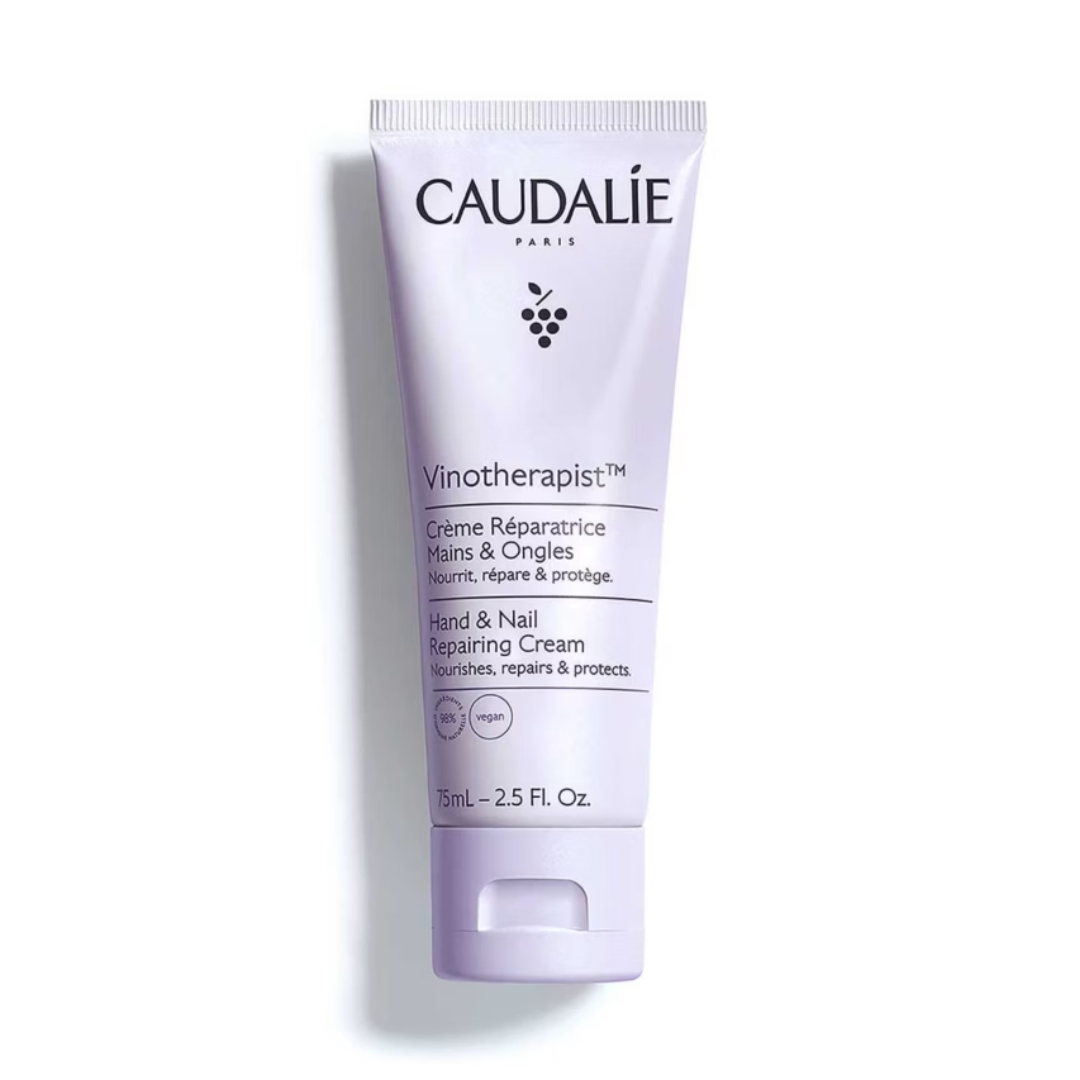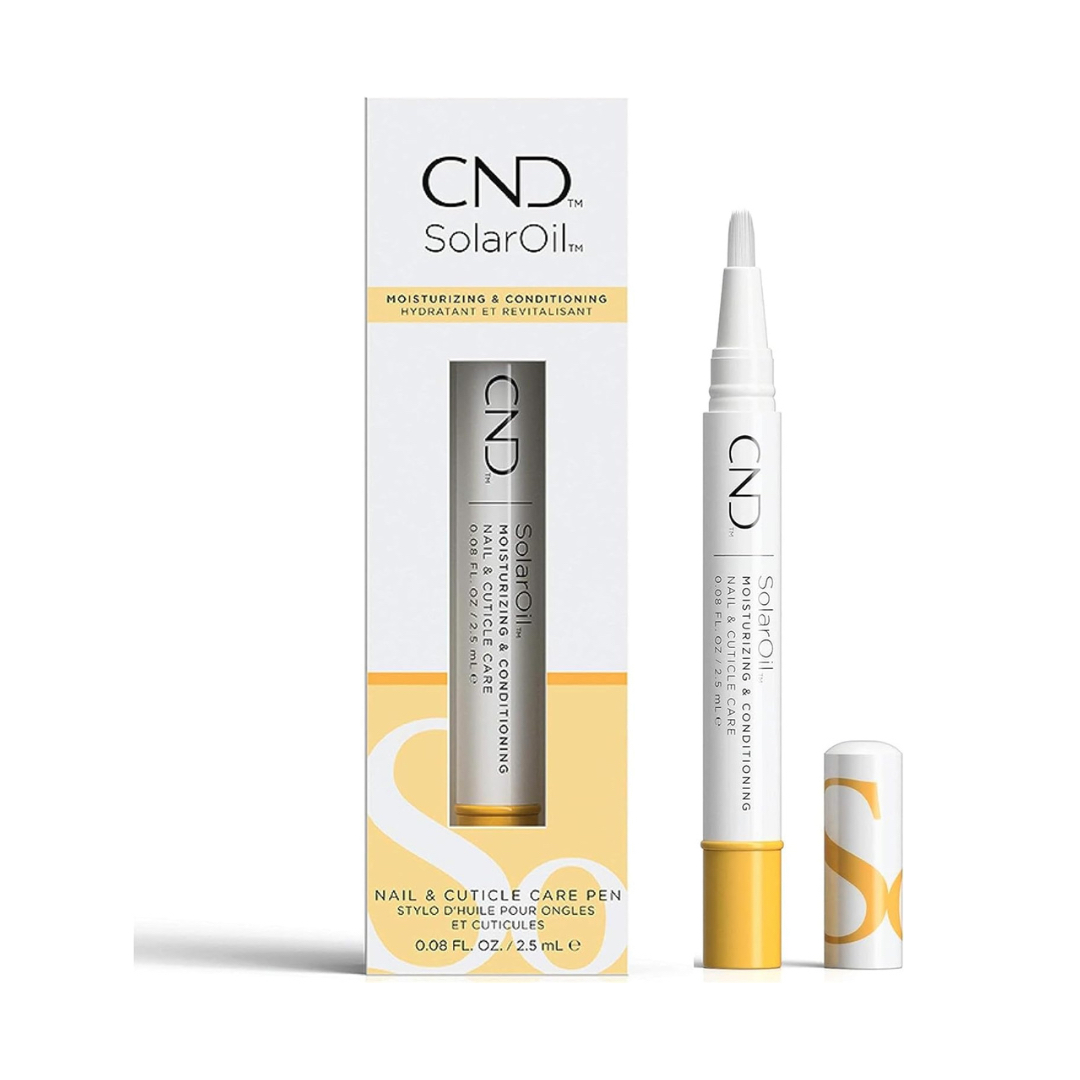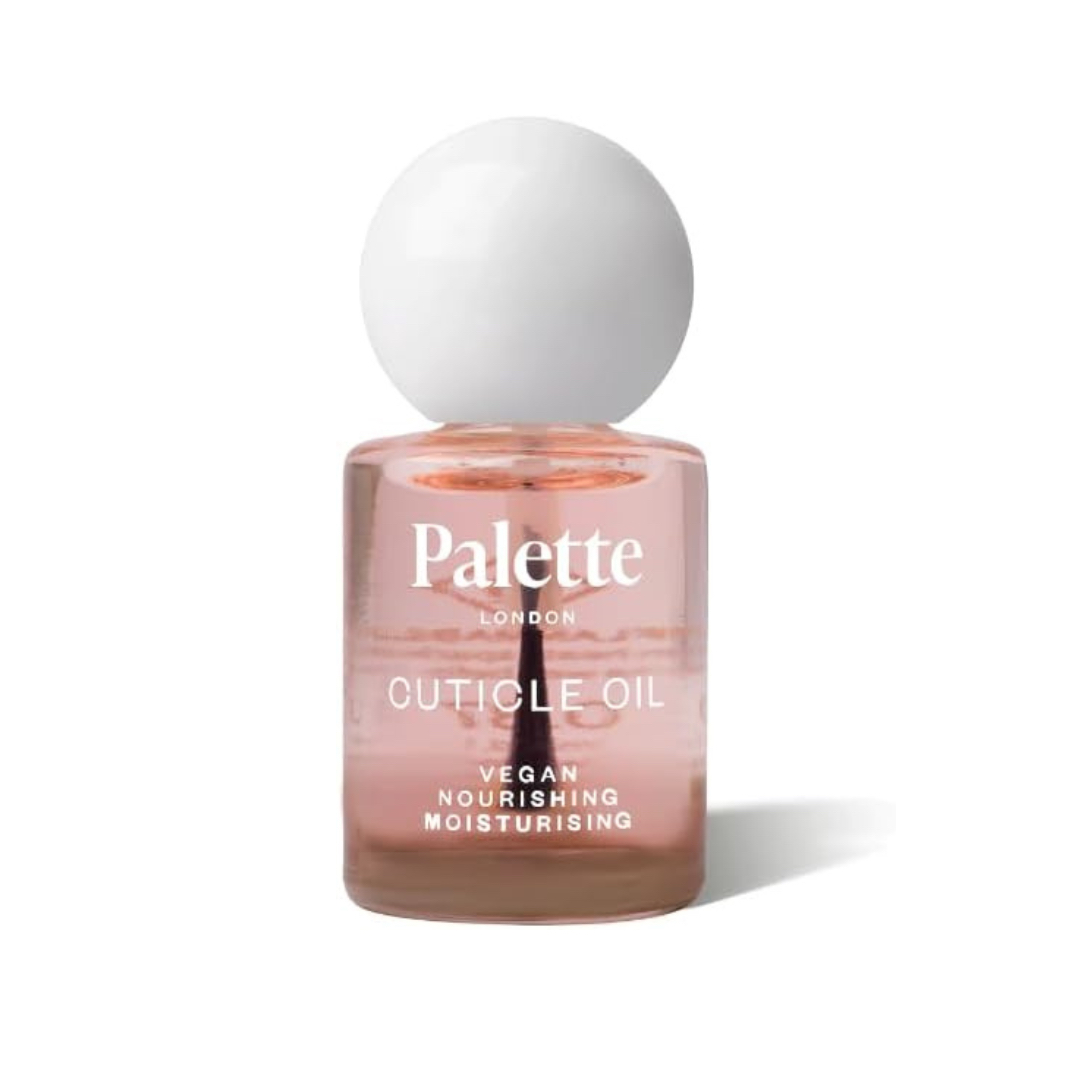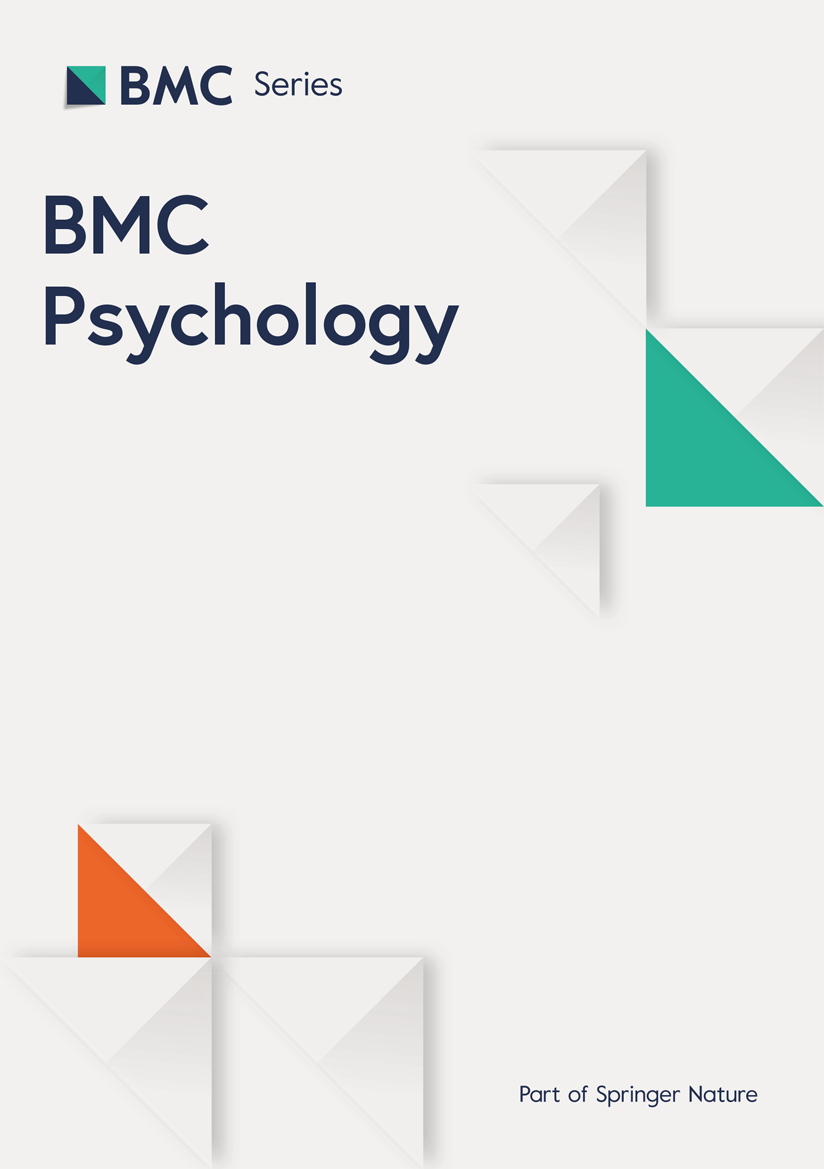I am a lover of getting my nails done. It’s the treat I spent money on most regularly; a nice bit of nail art is like a fun semi-permanent accessory. Not only that, my job as a beauty editor means I speak to nail technicians regularly and test all different types of manicures for a living—and one of the most common queries that pops up time and time again around healthy nail tips is how to grow nails and reduce breakage. Enter, the IBX treatment.
Created in 2014, IBX is famous for its ability to transform very weak nails, not unlike a supercharged version of the best nail strengtheners. Despite living and breathing nail trends and being clued in on the various nail services available on the UK market, it was only recently that I tried IBX myself—although I know several people, manicurists and consumers alike, who rave about it. If your nails are (or can become) weak, brittle, splitting and peeling, here’s why it should at least be on your radar…
“IBX is a professional-only nail treatment that repairs and strengthens the natural nails from within,” explains London based natural nail specialist Metta Francis. A penetrating curable monomer system, “It’s a two-step system that repairs and strengthens damaged nails by fusing the nail together. Heat is applied so the product can penetrate the nail and it’s then cured under a UV/LED lamp."
But here’s the key difference: “Unlike gel cured products, however, IBX doesn’t sit on the top of the nail plate, it goes into the nail and, once cleansed, there will be no product left on the nail,” says Metta. “Results are immediate—clients experience stronger nails after just one application. It can be used under any nail enhancement, including acrylic.” It can be so transformative that one of the founders of Famous Names, who created IBX, has even said that nail technicians have reported that the treatment has helped to restore the nails of clients who have had chemotherapy.
First, your nail tech will remove any existing polish from your natural nails so that they can inspect them “If the nail is extremely weak and damaged, the IBX treatment will be carried out prior to natural nail preparation, so filing and cuticle work,” Metta explains.
Then, “IBX Repair is applied to parts of the nail where there’s damage and delamination, for example peeling nails, split nails, uneven or pitted nails, et cetera,” she continues. “Nails go under a heat source for two minutes. The nails are blotted and then go under a UV/LED lamp for 30 seconds, the same duration it takes for gel to cure in the lamp.”.
Your nails are then cleansed ready for the next step. “IBX is then applied to every nail, over the full surface of the nail,” says Metta. “It then goes under a heat source for four minutes, nails are blotted, they go under a UV/LED lamp for 30 seconds and are then cleansed.
“IBX is applied for a second time (if it’s an initial IBX application) and the steps are then repeated, but this time nails go under the heat source for two minutes only.”
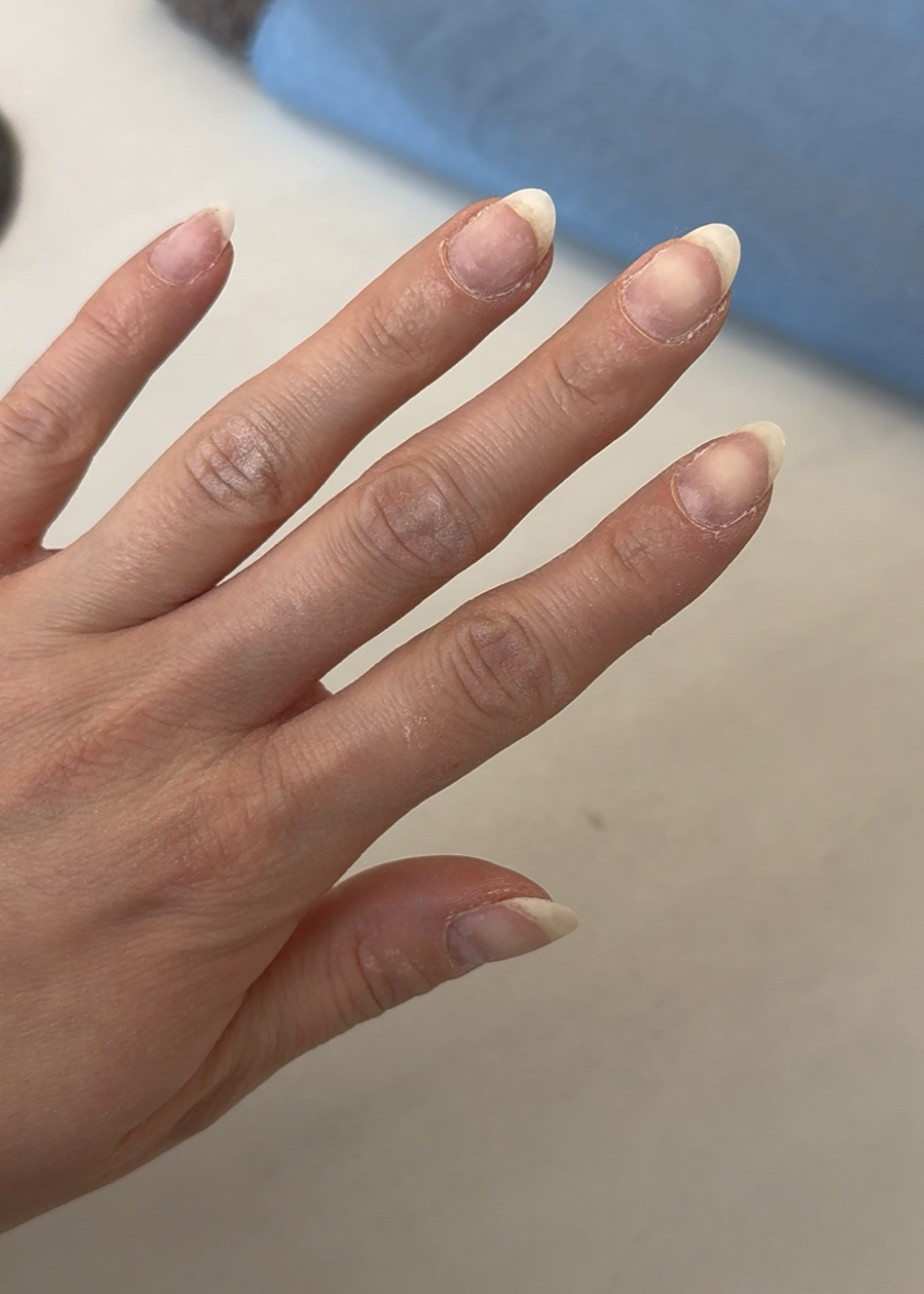
(Image credit: Lucy Abbersteen)

(Image credit: Lucy Abbersteen)
You’ll see the most dramatic transformations on nails that are brittle, split and peeling, though in my experience you’ll still notice a difference; when I tried the treatment, my technician said my natural nails were in good nick but they felt stronger than they usually would with regular gel polish.
“Results are immediate and clients’ nails will feel stronger, less bendy, more tough and visually the nail will look significantly less damaged,” Metta confirms. “IBX is brilliant for anyone who has compromised, weak nails, especially nails that have tendencies to peel or split and/or nails that have been damaged by aggressive removals, whether picked off or where the natural nail has been over-filed.
“It’s great for anyone who wants to start their natural nail journey or those who simply want to strengthen and protect their nails under gel or gel polish.”
How regularly you have IBX appointments thereafter depends on the condition of your nails; for some people that’s every two or three weeks initially, then less often, but your nail tech will be able to advise. Famous Names says using IBX more often than weekly isn't advised as over-treatment may result in brittle nails.
“For ongoing applications, IBX is only applied once,” Metta adds. “IBX Repair is only needed when a client’s nails are damaged. IBX can be applied to all nails to strengthen the nails and it can be applied prior to nail polish or gel application.”
“As it's a professional only treatment, it's not something you can do at home yourself – and it's not recommended – so it will require an appointment with a trained nail technician,” Metta confirms. There are a couple of contraindications, too: “Unfortunately if a client is suffering from onycholysis (nail separation) or has experienced an allergy to nail products, IBX would not be recommended.”
I usually opt for BIAB nails to protect my natural nails; I’m quite heavy-handed, while a couple of my nails are naturally very curved, so they often crack at the weak spots. As such, I personally find that, having grown them into mid-length almond nails, gel polish isn’t hard-wearing enough by the first week after an appointment. If you’re similar and usually opt for something more durable, I’d stick to that with your IBX, at least initially.
Other than that, I wholeheartedly recommend giving it a go if you need to restore your natural nails.
